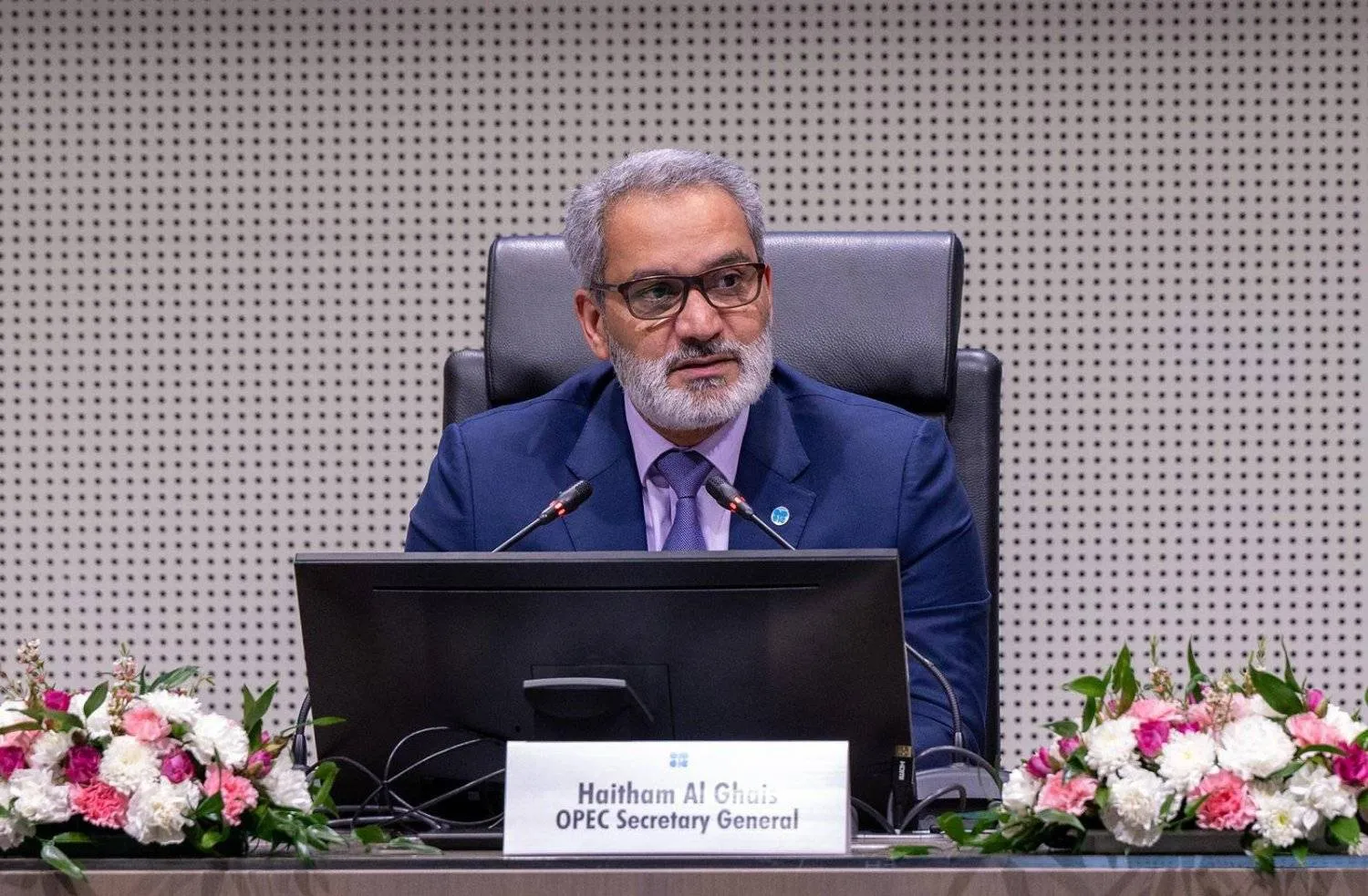OPEC does not see a peak in oil demand in its long-term forecast and expects demand to grow to 116 million barrels a day by 2045, and may be higher, the secretary general said on Thursday.
The International Energy Agency said in a report on Wednesday it sees oil demand peaking by 2029, levelling off at around 106 million barrels per day (bpd) towards the end of the decade.
Hathaim Al Ghais, writing in Energy Aspects, called the IEA report "dangerous commentary, especially for consumers, and will only lead to energy volatility on a potentially unprecedented scale".
OPEC+, which groups the Organization of the Petroleum Exporting Countries, and allies including Russia, has made a series of deep output cuts since late 2022 to support the market.
OPEC+ members are cutting output by a total of 5.86 million bpd, or about 5.7% of global demand.
That includes cuts of 3.66 million bpd, which the group on June 2 agreed to extend by a year until the end of 2025, and cuts of 2.2 million bpd, which OPEC+ will gradually phase out over the course of a year from October.
The Paris-based IEA, which advises industrialized countries, moved forward the date for peak oil demand after having said in October that it would occur by 2030. It said oil demand would begin to contract in 2030 while the US and other non-OPEC countries add to supply.
Al Ghais said similar narratives had been proven wrong previously, such as the IEA suggesting gasoline demand had peaked in 2019 or that coal demand had peaked in 2014.
"At OPEC, we see oil demand growth of 4 mb/d over the two years of 2024 and 2025, with other forecasters also seeing an expansion of over 3 mb/d. Even the IEA sees growth of 2 mb/d over this period, followed by growth of 0.8 mb/d in 2026. It then dramatically drops off a cliff to almost no growth in the next four years through 2030," he said.
"This is an unrealistic scenario, one that would negatively impact economies across the world. It is simply a continuation of the IEA's anti-oil narrative."









